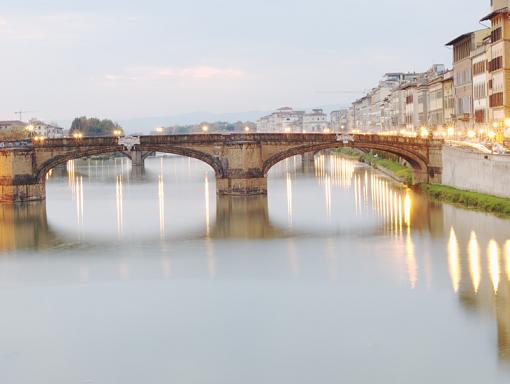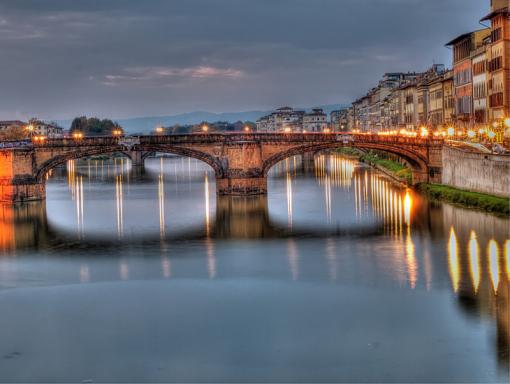I have seen arguments against doing a lot of post-processing because it is not "the shot that was taken". This article presents some of those points: http://brianleon.com/journal/2009/08...ing-the-image/
I have been looking at many examples of HDR photography and, while some are over the top in terms of the processing, many are very fine images (for example look at http://stuckincustoms.com).
If seeing is believing, then I have seen that post-processing with HDR software is good.
Take the following before and after shots as examples:
I think you'll agree that the processed image is much more appealing.
The second image was made by taking one RAW image in GIMP and making five TIFF images of differing exposures (0, -.5, -1.0, -1.5 & -2.0). These five images were then combined in Photomatix and tonemapped. Finally, the resulting image was processed by Noiseware to smooth it out. I also removed the construction cranes that you can see on either side of the river in the original image.




 LinkBack URL
LinkBack URL About LinkBacks
About LinkBacks


 Reply With Quote
Reply With Quote





